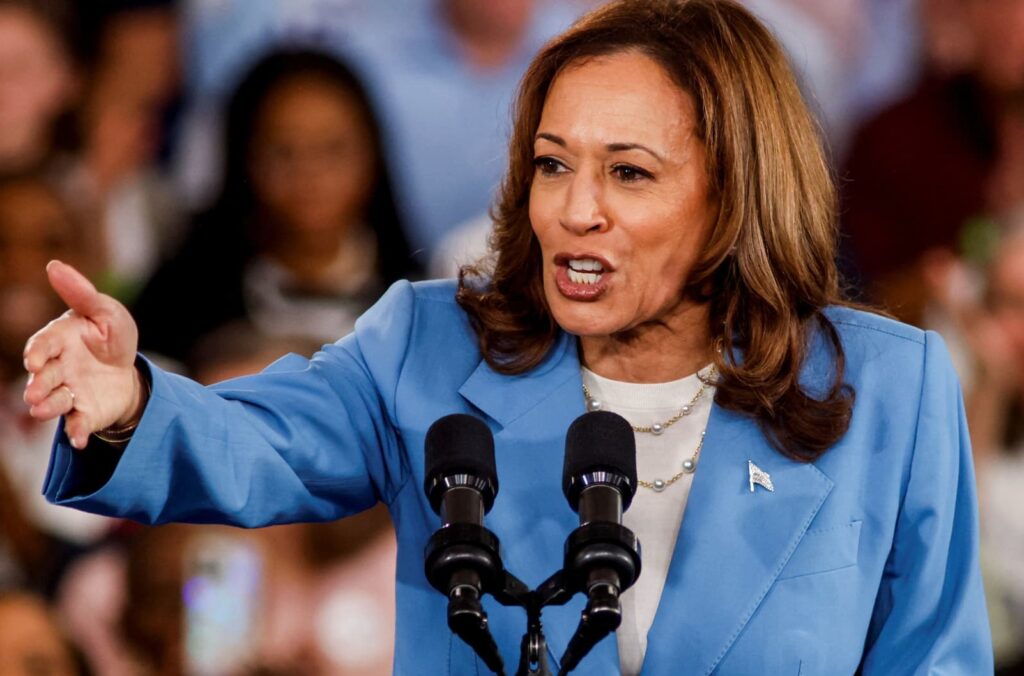Inflation Rate in the United States for September 2023

The inflation rate in the United States for September stubbornly refuses to decrease, staying at 3.7 percent for the third consecutive month.
This was reported on Thursday by the U.S. Bureau of Labor Statistics (BLS).
This stagnation in the U.S. inflation rate comes after price increases of two-tenths of a percent in August and five-tenths of a percent in September.
It’s important to note that on a monthly basis, consumer prices rose four-tenths of a percent compared to August.
On the other hand, the core inflation rate, a crucial figure analyzed by the Federal Reserve for interest rate decisions, decreased by two-tenths of a percent on a yearly basis, reaching 4.1 percent.
On a monthly basis, core inflation continued to rise, this time by three-tenths of a percent.
The housing index was the largest contributor to the monthly price increase, representing more than half of the total increase.
After the substantial increase recorded in August 2023, energy prices rose 1.5 percent this month and fell by 0.5 percent on an annual basis.
Gasoline, which saw a 10.6 percent price increase in August, only rose 2.1 percent this September.
Until July of this year, U.S. inflation had decreased on a yearly basis for 12 consecutive months.
This trend started after June 2022 when it reached a 40-year high at 9.1 percent, driven by disruptions in the supply chain due to Russia’s war with Ukraine and the lingering effects of the pandemic.
However, in July, prices increased by two-tenths of a percent, reaching 3.2 percent, and they grew by five-tenths of a percent in August.
Inflation Rate in the United States for September 2023
The September inflation rate in the United States reveals that the government has been unable to control prices despite the measures taken.
What can be assumed is that the strategy of raising interest rates has prevented a surge in consumption and, consequently, a lower increase in prices. To control prices, the Federal Reserve began raising interest rates in March of last year.
After eleven increases, they currently stand at a range of 5.25 percent to 5.5 percent, the highest level since 2001.
In its recent meeting, the U.S. central bank decided to raise interest rates, and it is very likely that there will be another increase before the end of the year.
According to Fed Chairman Jerome Powell, it will still take time to see the effects of the central bank’s monetary policy, especially on inflation, which will take months to return to the desired 2 percent.
The recent inflation rate data for September in the United States highlights how a strong labor market is supporting consumer demand.
This development poses a risk of maintaining upward pressure on prices above the Federal Reserve’s target.
In their meeting last month, most officials saw the need for further interest rate hikes this year, and they may maintain that stance despite a recent increase in bond yields if inflation does not cool further.






